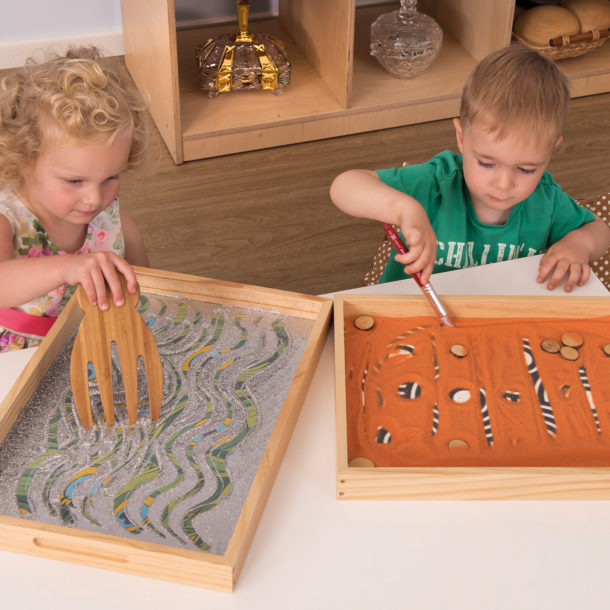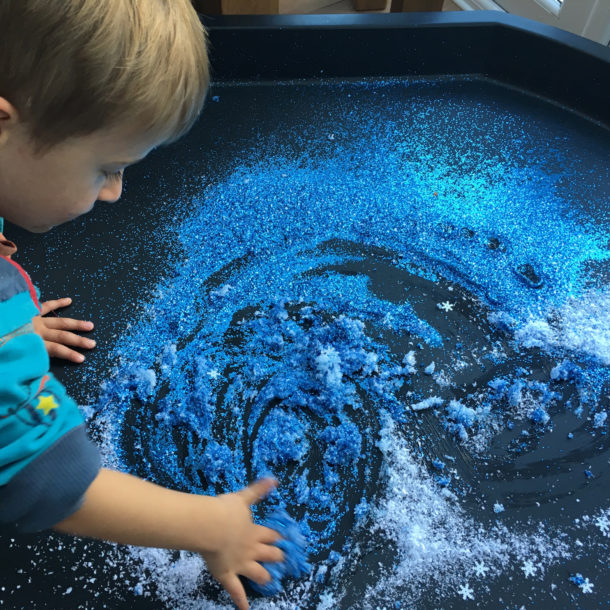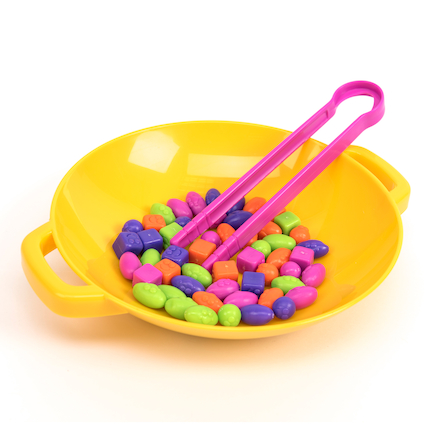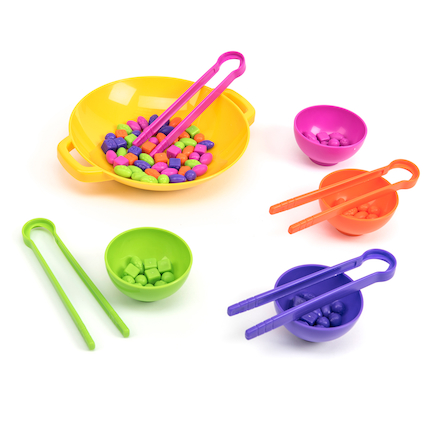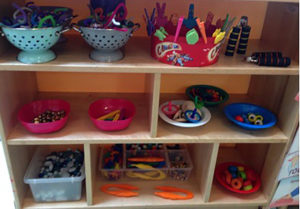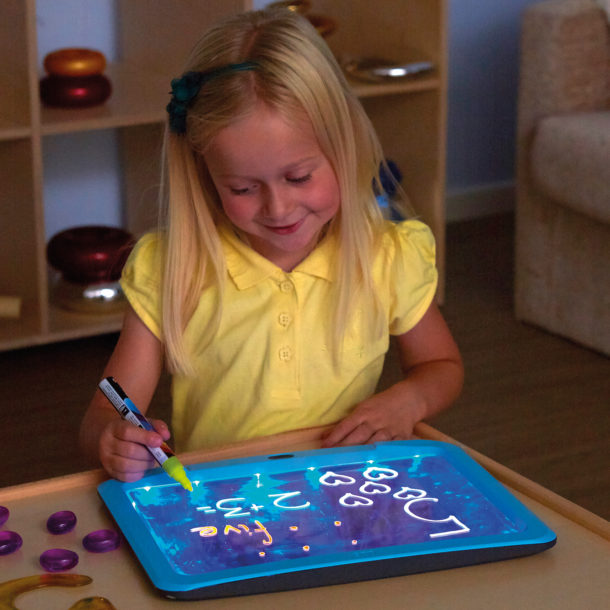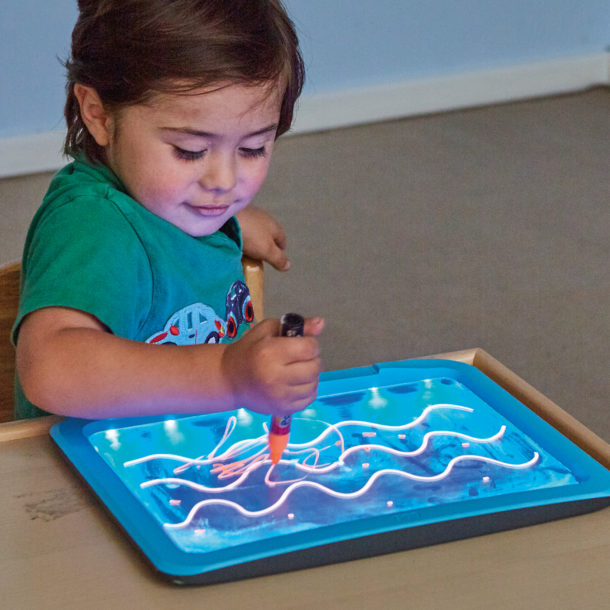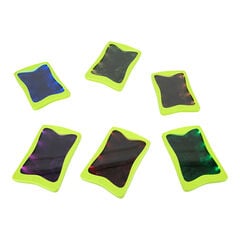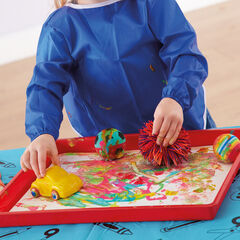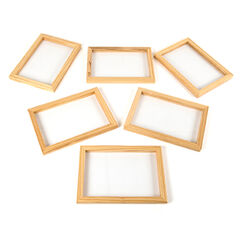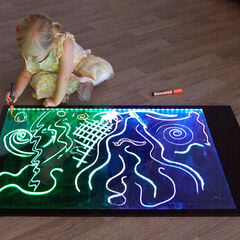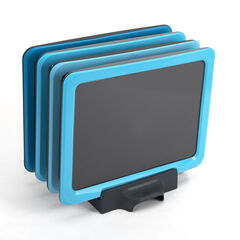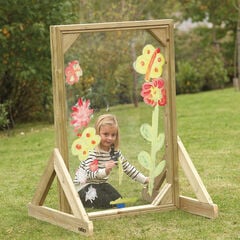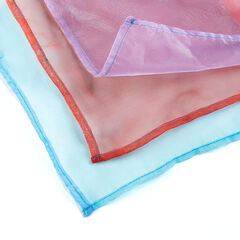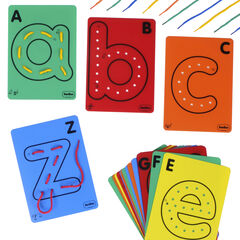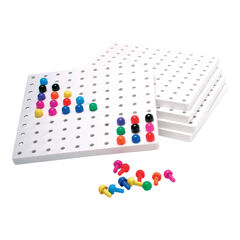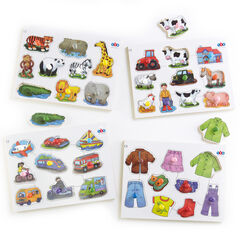In a previous life, as a manager of a day nursery as well as a nursery teacher, parents often asked me how they could encourage a child who had no desire to hold a pen, to write. I suggested they go to the playground and use the monkey bars to support their child in building strength and big muscles in their arms and shoulders. They looked at me in astonishment and I added that unless we prepare children’s muscles and get them ready for writing then there is no point in forcing a child to hold a pen.
Parents were intrigued by this concept and wanted to know more, so the nursery hosted a pre-writing workshop, where pens and pencils were banned! Now don’t get me wrong, I’m all for encouraging children to write, and if they are interested in using writing materials I would promote it, however, I would do this alongside ensuring they also have the necessary skills to use them. I also wanted to show parents that writing isn’t just about using a piece of paper and a pen but can be much more! What creative ways do your children use to mark make? Do you share these with parents and encourage this as a home learning experience?
Top tip: Why not use shaving foam, sand or glitter, spread out across the surface of a tray for mark making with fingers?
Have you witnessed older children struggling to hold a pencil in a “correct” or comfortable manner? Have you heard children complain that their arms are aching from writing? Much of this can be explained by the fact that children haven’t been properly prepared. What can you do to help?
Pre-writing workshop
Host a pre-writing workshop for parents and showcase early years development at its best. During our workshop parents were informed that supporting children by swinging on monkey bars will not only give them upper body strength but will also prepare them for holding a pencil using a tripod grip.
I bet you are all now checking how you hold a monkey bar to see if it’s the same as a tripod grip… And guess what? Yes, it is!
Following the workshop, one parent emailed me a photo of her son out shopping and guess what? He was holding onto the shopping trolley using the same grip as he would when writing!
Another fun way of reinforcing the “correct” grip is to hold your pencil in the opposite hand to the one with which you write. Pretend your other hand is a snappy crocodile about to bite the pen. Once the crocodile has snapped at the pencil tip, flip the pencil over and hey presto…the tripod grip!
Where do we start from?
So the first stage to work on is upper body strength and developing the shoulder muscles. Small scarves are a perfect way to do this.
Encourage the children to hold one in each hand and rotate their arms. Ensure children can do this anti-clockwise (as that’s the way most letters are formed) but also clockwise. It’s interesting to see if children are able to do this.
Other activities to help support this include:
- Using long lengths of ribbons to make up and down motions and again, circular ones, as this will help children begin to recreate the shapes needed for accurate letter formation.
- Tearing newspaper – tear straight strips along the length of the newspaper. Children should hold the main newspaper with one hand and tear the strip along the full length with the other. This helps with control as well as using the shoulder to build flexibility. Try this with the other hand too.
- Using brooms to sweep leaves and brush soapy water also helps to build shoulder strength and flexibility.
- Take a sheet of newspaper and screw it into a ball with one hand. Adults should either hold the child’s other hand or the child should put it on their head to discourage using both hands at once. Swap hands and try with the other. This activity helps to strengthen muscles in the hands and fingers. The children can then be encouraged to lie flat, support their upper body weight with their arms and flick the ball to someone else.
- Pushing, pulling and rolling large objects such as tyres and wagons.
- Climbing activities – climbing ladders and ropes.
- Weight-bearing activities such as wheelbarrow walking, army crawling under netting or material and crawling up hills.
As the children’s gross motor skills are showing strength, move on to activities that can support in developing the little muscles in their hands and fingers.
One way of doing this is by using playdough; it helps children with their manipulation and moulding skills. Encourage your children to mould the dough into different shapes and sizes, developing manipulative skills as well as using muscles in hands and fingers.
From this, move on to activities where children need to pick small objects up with tweezers. This can help them to develop sensitivity and control in their fingers. Ensure they hold the tweezers with their fingers as they would a pencil.
Use spinning tops and small wind-up toys, as children have to use the same muscles and grip to make them work as they would for writing, therefore developing the correct pincer grip.
To further develop the necessary sensitivity and control in fingertips, children should be asked to turn buttons, wooden counters or coins over (can you find the queen?) without sliding them to the edge of the table. This will be difficult at first but if we demonstrate to make sure children know what they are being asked to do, eventually they will be able to carry out the action.
Remember young children’s writing will start big and become smaller.
Children need to practise writing with big marks using their gross motor skills and then practise writing smaller as their fine motor skills develop.
Children should be given lots of opportunities to make marks though play activities and by mimicking the things adults do: writing letters, filling out forms, writing cards and envelopes.
Why not create a fine manipulative area in your own setting that children can access on a daily basis?
Ideas for resources you could include in this area are:
- Balls – encourage children to lie flat on the floor, support their upper body weight with their arms and flick the ball to someone else (using the thumb and index finger).
- Threading – using string, or alternatively a piece of spaghetti stuck into playdough, encourage children to thread items. Different sized items and holes encourage a more challenging approach to this activity.
- Large and small pegs – using their thumb, index and middle finger, encourage children to attach large pegs to different items. As their skills in this develop, challenge them to use just their thumb and index finger and the smaller pegs. How many can they peg in 20 seconds? Share the pegs out between the children… who can peg their pegs the quickest?
- Nuts and bolts – twisting the nut onto a bolt.
- Spooning marbles using different sized spoons into different sized containers.
- Posting, slotting and dropping small items into bottles or slotted containers.
- Poking straws into holes or joining straws together.
- Threading pipe cleaners through colanders.
- Include some peg puzzles or peg boards to create patterns for using the pincer action.
- Spinning tops and small wind up toys
What items will you include in your area?
Remember… Playing with all these resources and completing these activities will help children work on their writing skills without even realising it!
Why not use the illuminated rechargeable colour changing writing boards for mark making and to make writing more fun?!
With thanks to Liz Boffey for writing this post. Liz was a former teacher and Nursery Manager and currently runs Nurturing Success – an Early Years Consultancy. Follow them on Facebook here.


